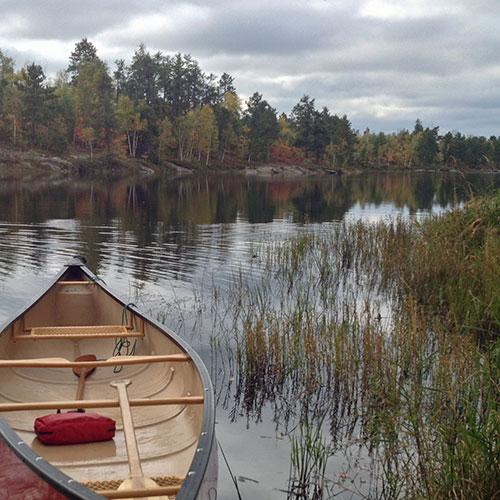
Submitted by Helen C. Scott on Thu, 23/03/2017 - 13:26
A new paper in the journal Science Advances led by the Tanentzap group presents widespread evidence that aquatic consumers use terrestrial resources depending on the features of surrounding catchments.
Ecosystems are linked across landscapes by the flow of energy and nutrients. In freshwater ecosystems, this allows the metabolic demands of aquatic organisms to be supported by material produced outside the boundaries of their habitat. However, the extent to which aquatic food webs are supported by terrestrially derived material is the focus of intense debate. This issue is important to address because it has implications for whether changes to terrestrial landscapes will alter ecosystems well beyond their boundaries.
With funding from a NERC collaborative grant, Tanentzap and collaborators from nine other institutions assembled the largest dataset to date of the isotopic composition of zooplankton and their associated food webs from across 147 lakes spanning the boreal to subtropics. Algae and land plants differ in their assimilation of heavy versus light forms of atoms such as carbon, allowing the ratios between these two forms to be used as dietary tracers. Using these isotopic signatures, Tanentzap et al. discovered that half of all zooplankton samples are comprised of at least 42% terrestrial-derived material, but this is underpinned by large variation ranging from 11 to 83%. Using advanced statistical approaches, they go on to show that terrestrial support of zooplankton was generally greatest in lakes with long shorelines and surrounding by dense vegetation and rich soils. This work now explains the large variation in terrestrial resource use by aquatic food webs and delivers a major advance towards resolving the controversy around this process.
- Tanentzap AJ, Kielstra BW, Wilkinson GM, Berggren M, Craig N, del Giorgio PA, Grey J, Gunn JM, Jones SE, Karlsson J, Solomon CT, Pace ML. Terrestrial support of lake food webs: Synthesis reveals controls over cross-ecosystem resource use. Science Advances. 3, e1601765.
